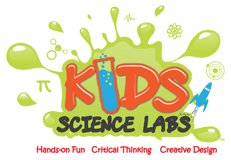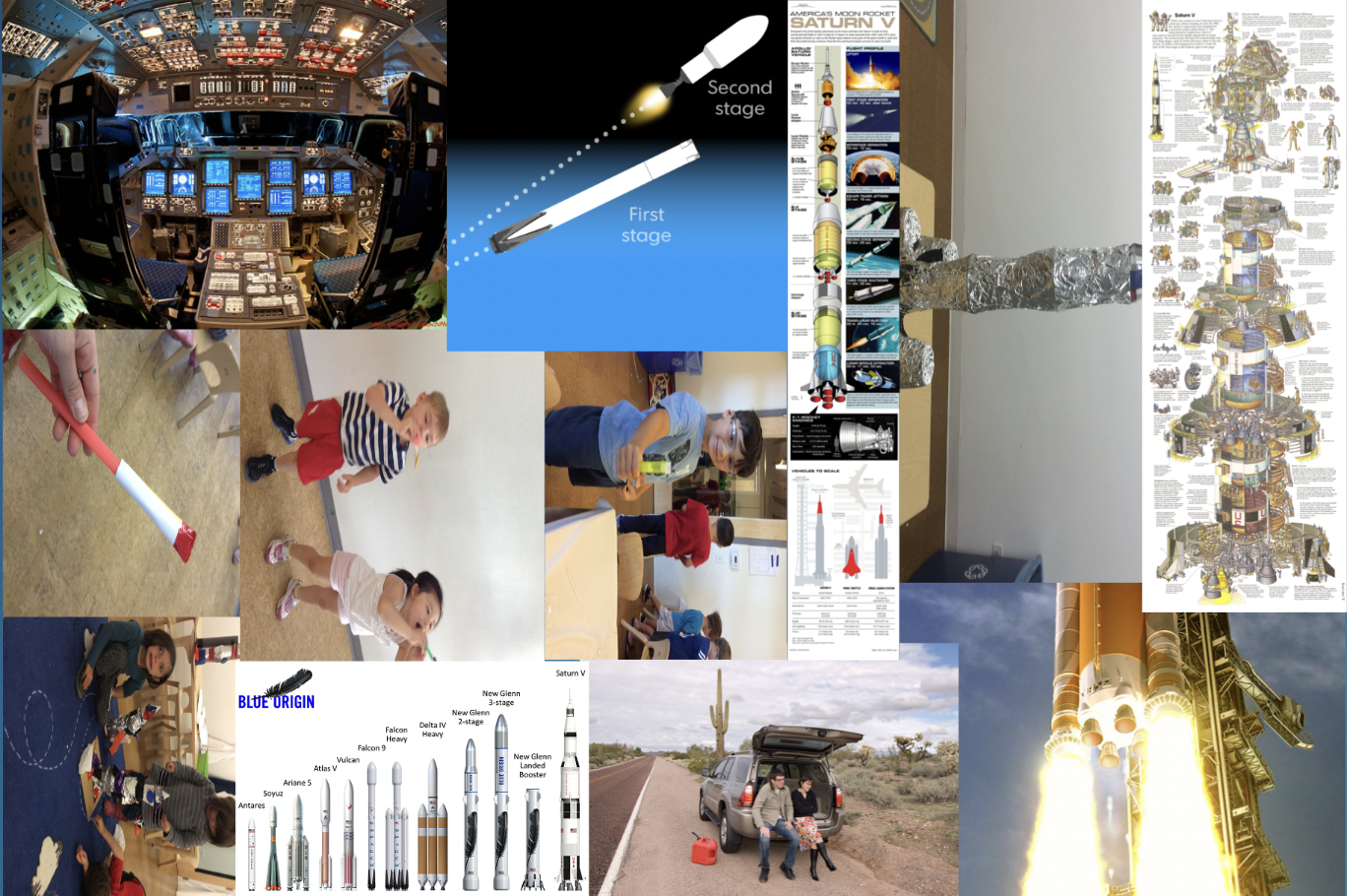Why do so many parents choose Northbrook Park District Programs instead of Noggin Builders Northbrook?
You might be wondering why many parents opt for Northbrook Park District programs over other specialized camps like Noggin Builders. There are a few key reasons why these programs are so popular.
First, the Northbrook Park District offers a wide variety of activities that cater to different interests. Whether your child loves sports, arts, or STEM, there’s something for everyone. The flexibility of offering diverse programs allows kids to explore different areas of interest, which many parents find appealing.
Another advantage is location. For families living in or near Northbrook, the Park District camps, just like those at Kids Science Labs are a convenient option, providing a familiar and safe environment for kids. Plus, they tend to be more affordable compared to some of the specialized camps.
Additionally, Northbrook Park District programs have an excellent reputation and best of all affordable prices. Many parents take a few park district camps, and combine them with campsat Noggin Builders and Kids Science Labs. The programs are designed to be both educational and fun, offering a balance that suits a wide range of needs.
Where can I find summer camp information for the Northbrook Park District?
Getting all the details you need about summer camps in the Northbrook area is easy. The Northbrook Park District website is a great starting point. There, you can find information about registration, camp dates, and the types of programs available.
Additionally, the website provides resources like camp descriptions, schedules, and pricing. This transparency helps parents make informed decisions and choose the best camp for their child.
To make your life even easier, the Park District also offers brochures and in-person registration events where you can talk to camp organizers and get more specific answers about the programs. Keep an eye on their website for updated camp offerings as well!
When does Summer Camp in Northbrook begin at Kids Science Labs?
Summer Camps begin June 1st of each year and continue through the end of August. If you’re specifically interested in the Kids Science Labs summer camp, try their calendar here. They tend to offer flexible sessions throughout the summer, which can accommodate different schedules.
Remember, summer camp spots can fill up quickly, so it’s best to register early to secure a spot for your child. Early registration also gives you a chance to explore the different themes and camp options they offer, ensuring your child’s summer is packed with fun and learning.
Choosing the right summer camp is all about finding what best suits your child’s interests, needs, and your family’s schedule. Whether you decide on a specialized STEM program like Kids Science Labs or Noggin Builders, or opt for the versatility of Northbrook Park District’s offerings, you’ll have peace of mind knowing your child is engaged in meaningful activities this summer.

















